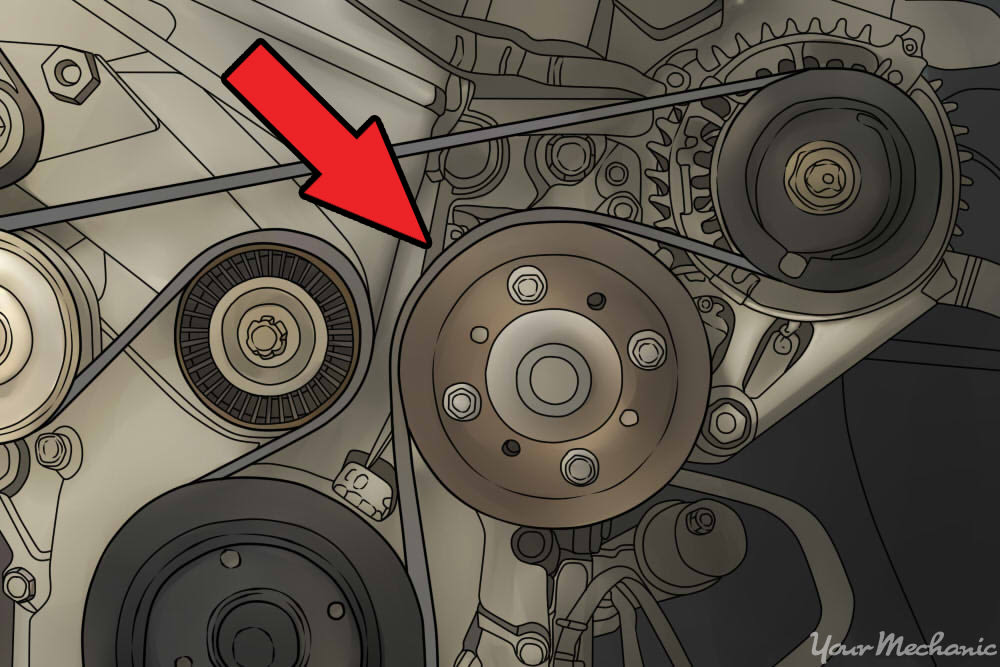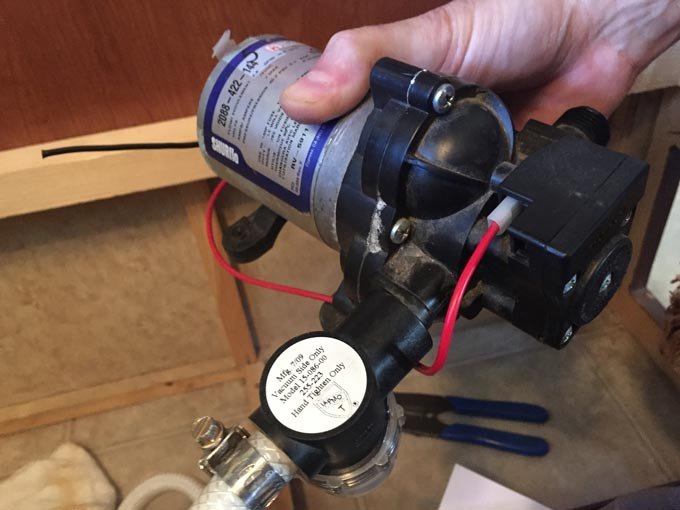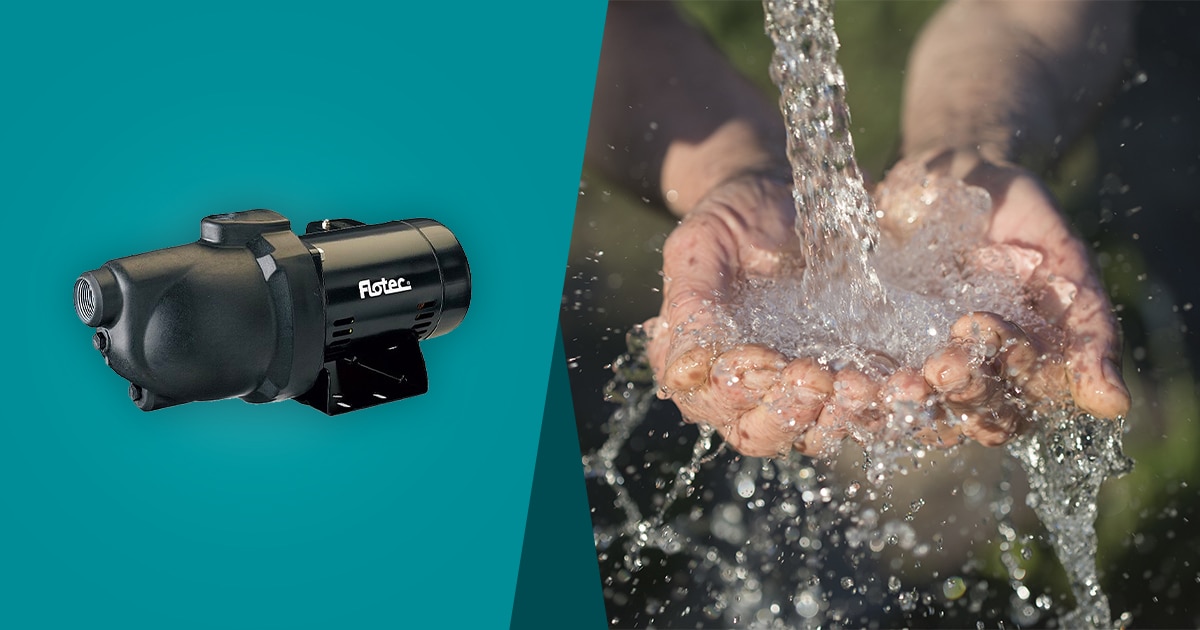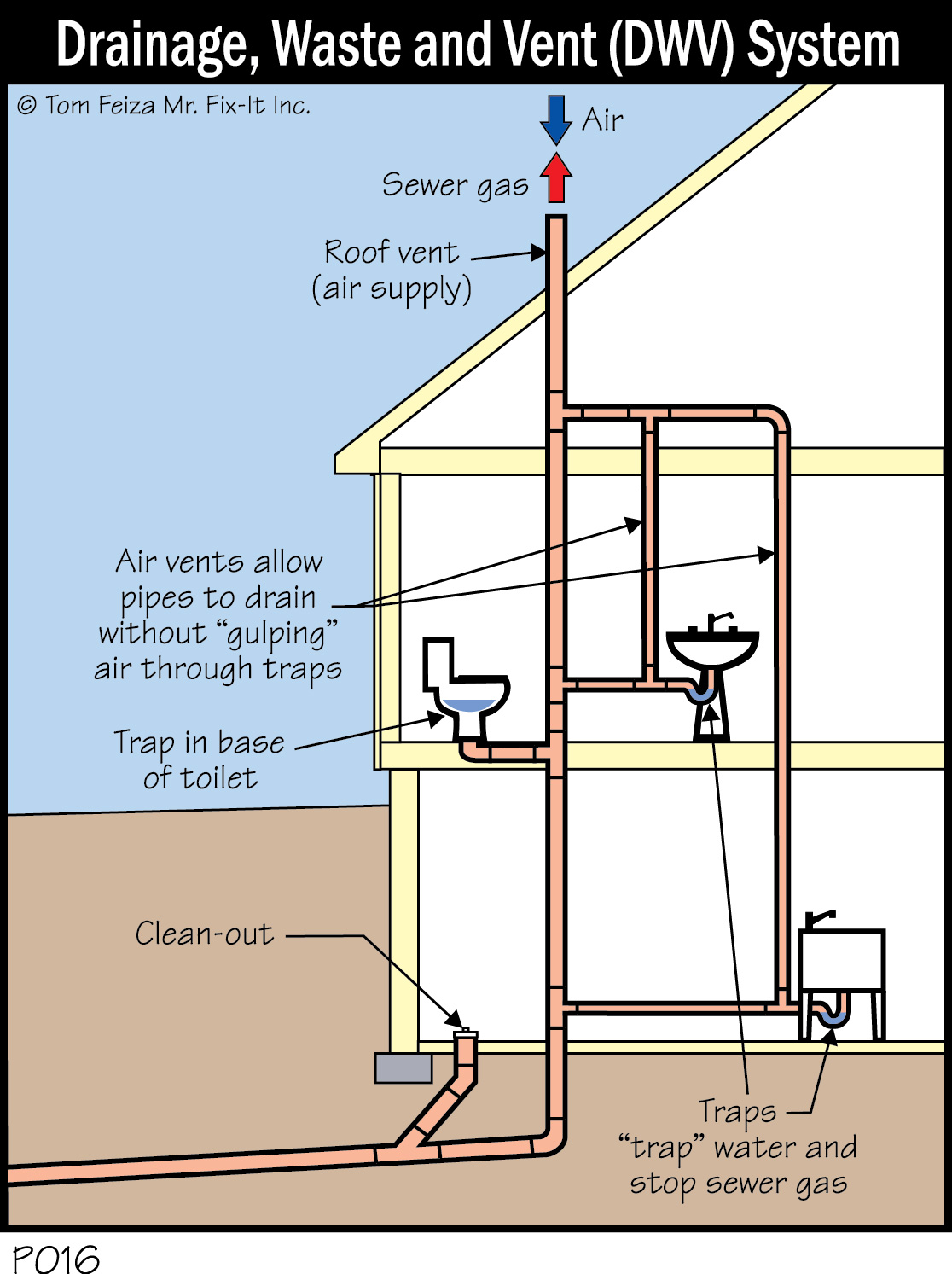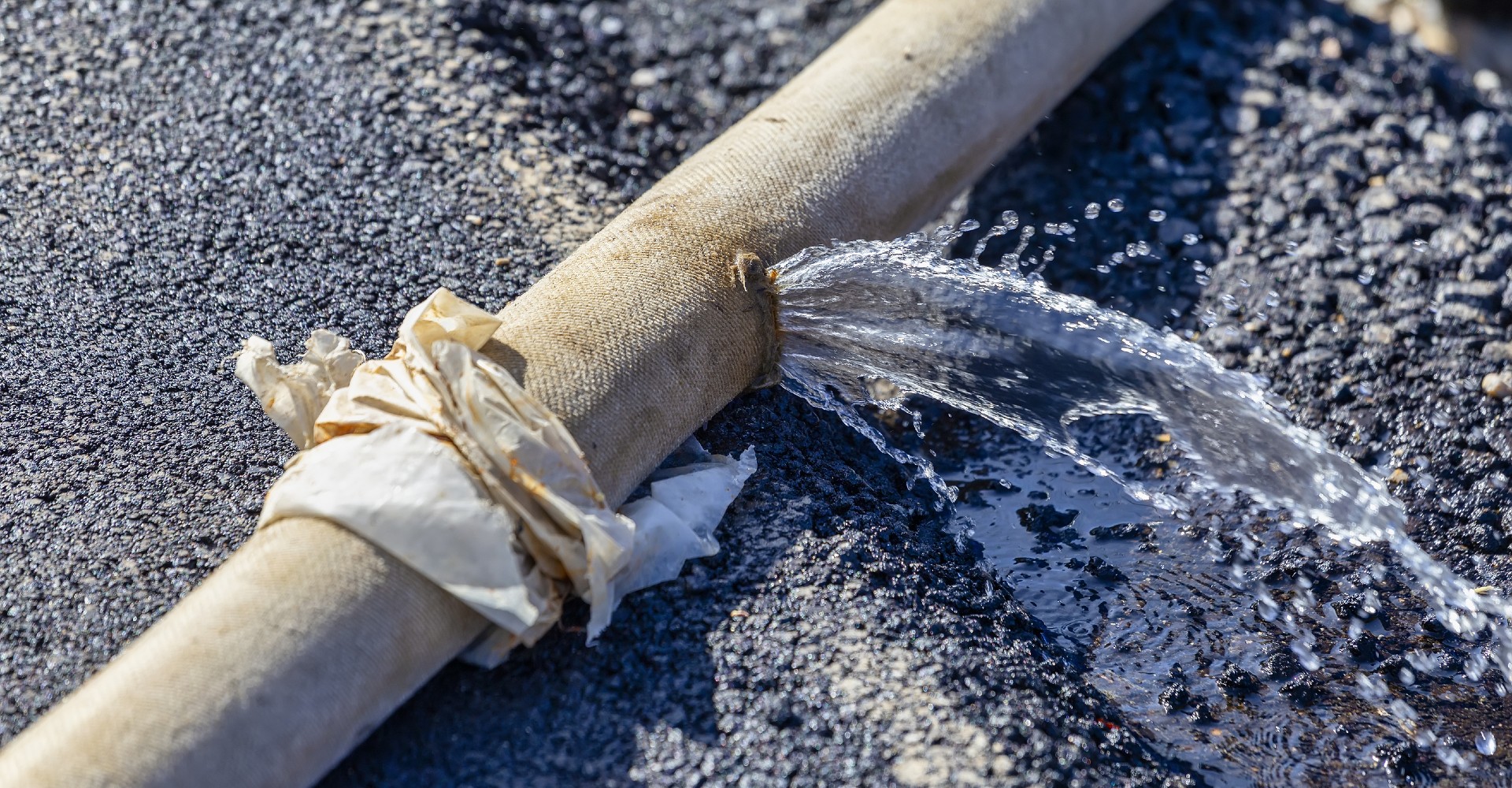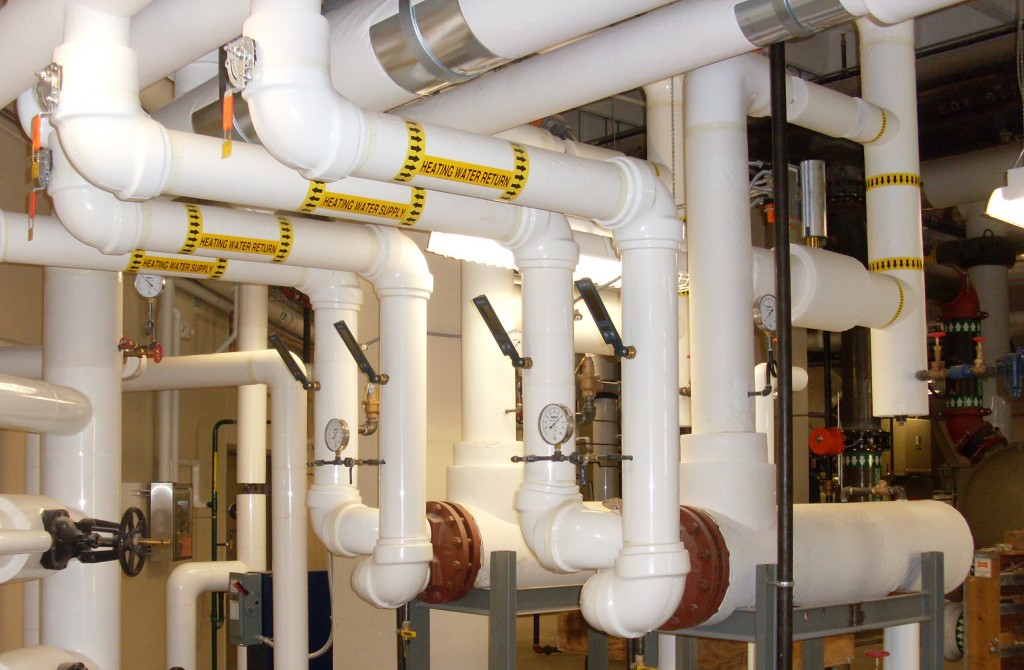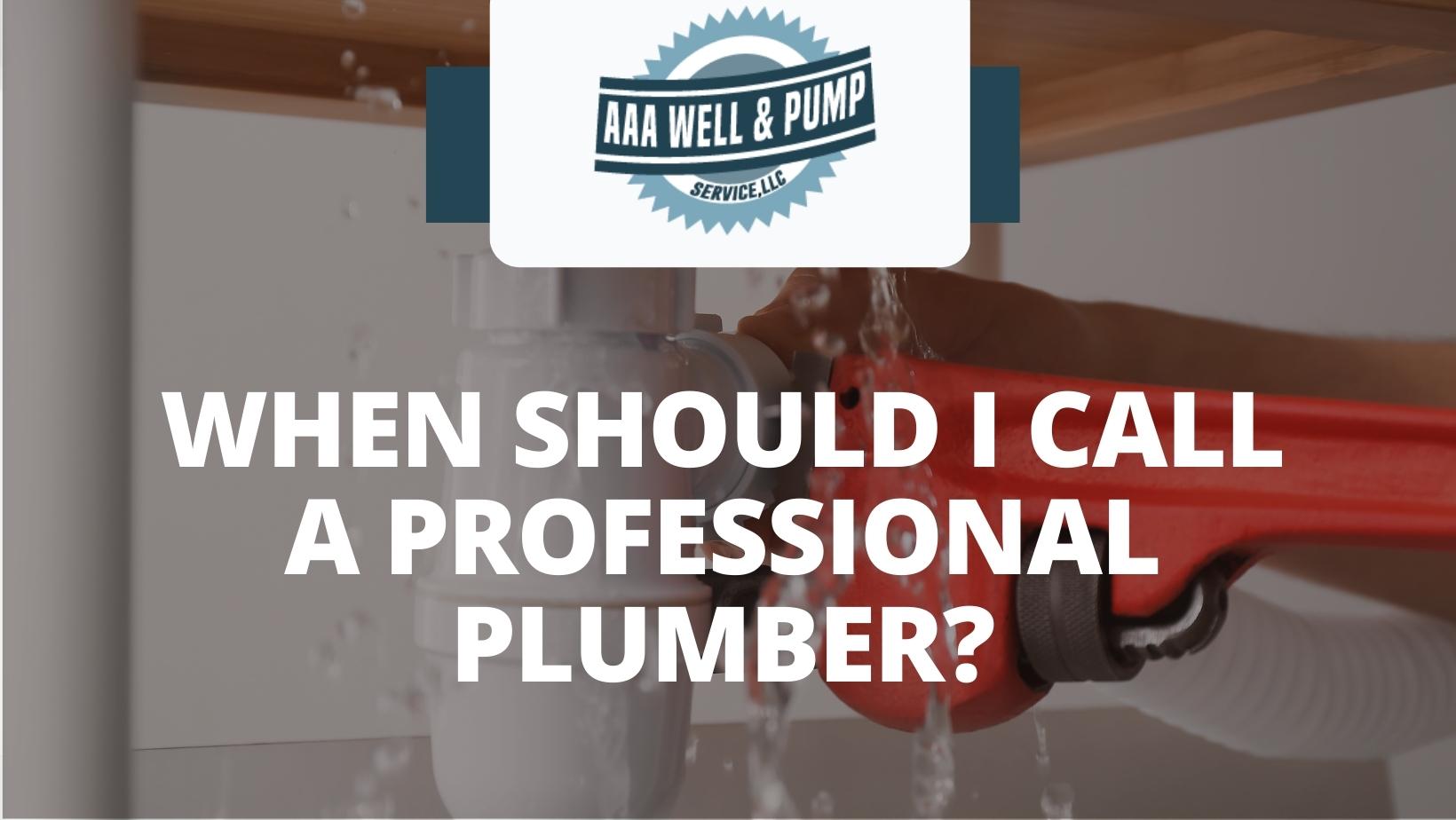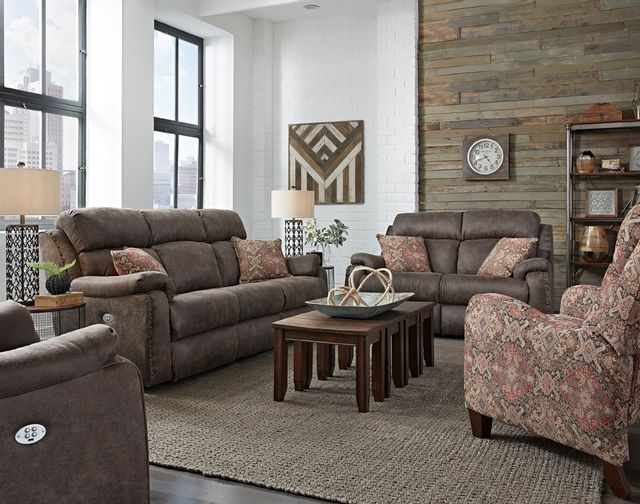If you're experiencing low or no water pressure in your kitchen sink, the first thing you should do is check the water supply valve. This valve controls the flow of water into your sink and may have accidentally been turned off or partially closed. Make sure the valve is fully open and try running the water again. If this doesn't solve the problem, move on to the next step.Check the water supply valve
The aerator is the small device attached to the end of your faucet that mixes air with the water flow to create a steady stream. Over time, mineral deposits and debris can build up in the aerator and cause blockages that can affect water pressure. Remove the aerator and clean it thoroughly, or replace it if necessary.Inspect the aerator
Another potential cause for low water pressure in your kitchen sink is a clog in the faucet itself. To check for this, turn off the water supply and unscrew the faucet from the sink. Inspect the inside of the faucet for any debris or buildup that could be blocking the water flow. Clean or replace the faucet if needed.Check for clogs in the faucet
Most homes have a water pressure regulator installed near the main water supply line. This device helps to regulate the water pressure coming into your home. If it's malfunctioning or not set correctly, it can cause low water pressure in your kitchen sink. Consult a professional plumber to inspect and adjust the water pressure regulator if needed.Inspect the water pressure regulator
Leaks in your pipes can also lead to low or no water pressure in your kitchen sink. Inspect the pipes under your sink for any visible leaks and repair them if necessary. If you can't find any leaks, it's possible that there could be a hidden leak in your walls or floors. In this case, it's best to call a plumber for assistance.Check for leaks in the pipes
The faucet cartridge is an essential component that controls the water flow and temperature in your kitchen sink. Over time, it can become clogged with mineral deposits and debris, leading to low water pressure. Depending on the type of faucet you have, you may be able to remove and clean the cartridge yourself, or you may need to call a professional for assistance.Clean the faucet cartridge
If you notice low water pressure in your kitchen sink, it's a good idea to check the water pressure in other faucets throughout your home. If the problem is isolated to just your kitchen sink, it's likely an issue with the sink itself. However, if you're experiencing low water pressure in multiple areas, there could be a larger issue with your main water supply or water pressure regulator.Check the water pressure in other faucets
If your home has a well, you may have a water pump that helps to regulate the water pressure. If this pump is malfunctioning or not working properly, it can lead to low water pressure in your kitchen sink. Consult a professional plumber to inspect and repair the water pump if needed.Inspect the water pump
Air can sometimes get trapped in your water pipes, causing low water pressure. To fix this, turn off the main water supply and open all of your faucets to drain any excess air. Then, turn the water supply back on and run the faucets until the water runs smoothly again.Check for air in the pipes
If all else fails, it's best to call a professional plumber for assistance. They have the knowledge and tools to properly diagnose and fix any issues with your kitchen sink's water pressure. Don't hesitate to reach out for help if you're unable to solve the problem on your own.Call a plumber for professional assistance
No Water Pressure in Kitchen Sink: Causes and Solutions

Understanding Water Pressure in Your Home
 One of the most frustrating problems that can occur in a house is having
no water pressure in the kitchen sink
. It can make everyday tasks such as washing dishes or filling up a pot for cooking seem like an impossible feat. Before we delve into the causes and solutions for this issue, it is important to understand how water pressure works in your home.
Water pressure is the force at which water flows through your pipes and into your fixtures. This force is created by the water supply from your municipality or well. The water travels through a series of pipes and valves before reaching your kitchen sink. If there is a disruption in this process, it can result in
low or no water pressure
.
One of the most frustrating problems that can occur in a house is having
no water pressure in the kitchen sink
. It can make everyday tasks such as washing dishes or filling up a pot for cooking seem like an impossible feat. Before we delve into the causes and solutions for this issue, it is important to understand how water pressure works in your home.
Water pressure is the force at which water flows through your pipes and into your fixtures. This force is created by the water supply from your municipality or well. The water travels through a series of pipes and valves before reaching your kitchen sink. If there is a disruption in this process, it can result in
low or no water pressure
.
Possible Causes for No Water Pressure in the Kitchen Sink
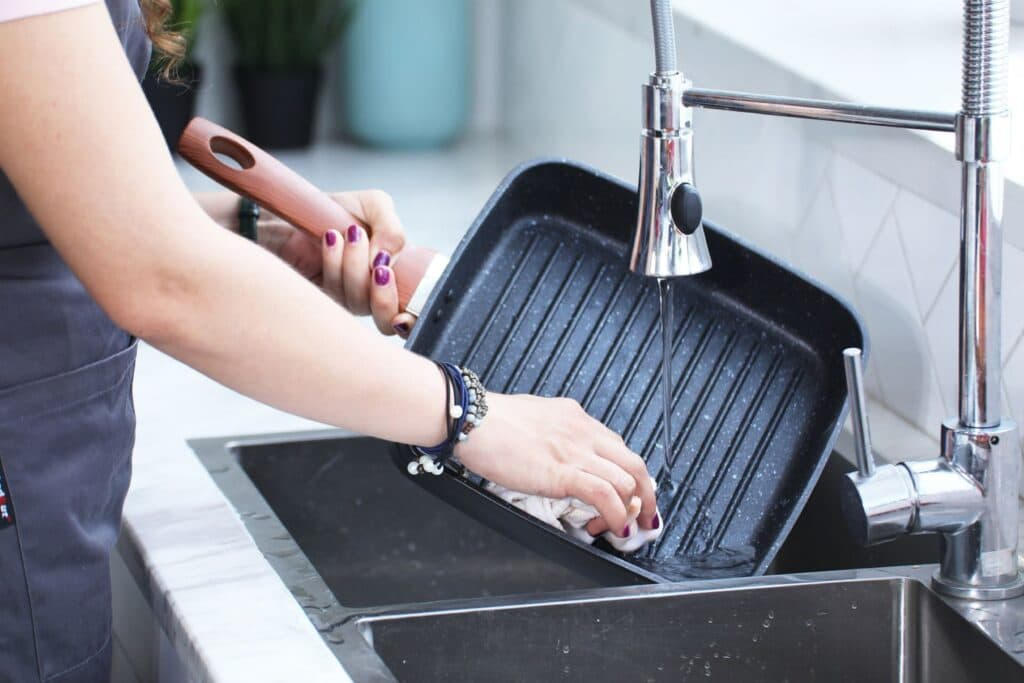 There can be several reasons for experiencing
no water pressure in the kitchen sink
. One common cause is a clogged aerator. The aerator is a small screen located at the end of the faucet where the water comes out. Over time, mineral deposits and debris can build up and block the flow of water, resulting in low pressure.
Another possible cause is a malfunctioning pressure regulator. This device is responsible for maintaining a steady water pressure in your home. If it is not functioning properly, it can lead to inconsistent pressure or no pressure at all.
Leaky or damaged pipes can also be a culprit for low water pressure. Over time, pipes can develop cracks or holes, causing water to leak out and decrease the pressure. Additionally, if there is a blockage or damage in the main water line leading into your home, it can affect the pressure in all of your fixtures, including the kitchen sink.
There can be several reasons for experiencing
no water pressure in the kitchen sink
. One common cause is a clogged aerator. The aerator is a small screen located at the end of the faucet where the water comes out. Over time, mineral deposits and debris can build up and block the flow of water, resulting in low pressure.
Another possible cause is a malfunctioning pressure regulator. This device is responsible for maintaining a steady water pressure in your home. If it is not functioning properly, it can lead to inconsistent pressure or no pressure at all.
Leaky or damaged pipes can also be a culprit for low water pressure. Over time, pipes can develop cracks or holes, causing water to leak out and decrease the pressure. Additionally, if there is a blockage or damage in the main water line leading into your home, it can affect the pressure in all of your fixtures, including the kitchen sink.
Solutions for Restoring Water Pressure
 If you are experiencing
no water pressure in the kitchen sink
, there are a few steps you can take to try and resolve the issue. First, check the aerator and clean or replace it if necessary. This is a simple and inexpensive fix that can often solve the problem.
If the pressure regulator is malfunctioning, it may need to be replaced by a professional plumber. Similarly, repairing or replacing damaged pipes should be done by a licensed plumber to ensure it is done correctly and does not cause further issues.
If the main water line is the source of the problem, it may require the assistance of your water provider to fix. However, you can also check for any visible leaks or damage in the line and report it to your provider for them to address.
If you are experiencing
no water pressure in the kitchen sink
, there are a few steps you can take to try and resolve the issue. First, check the aerator and clean or replace it if necessary. This is a simple and inexpensive fix that can often solve the problem.
If the pressure regulator is malfunctioning, it may need to be replaced by a professional plumber. Similarly, repairing or replacing damaged pipes should be done by a licensed plumber to ensure it is done correctly and does not cause further issues.
If the main water line is the source of the problem, it may require the assistance of your water provider to fix. However, you can also check for any visible leaks or damage in the line and report it to your provider for them to address.
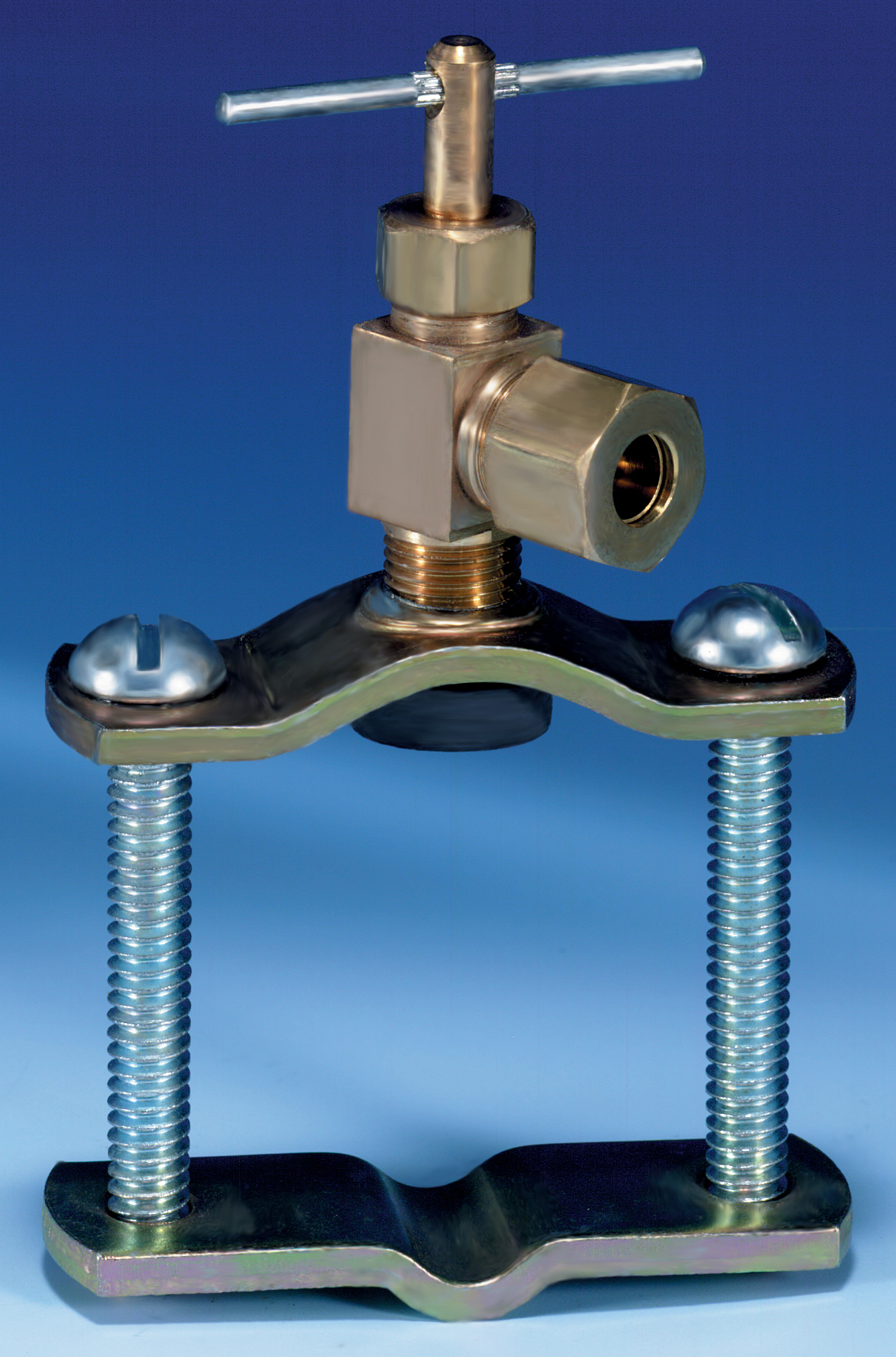





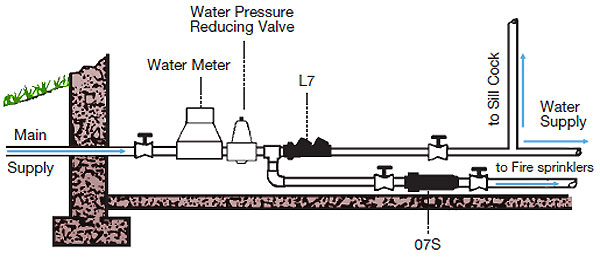

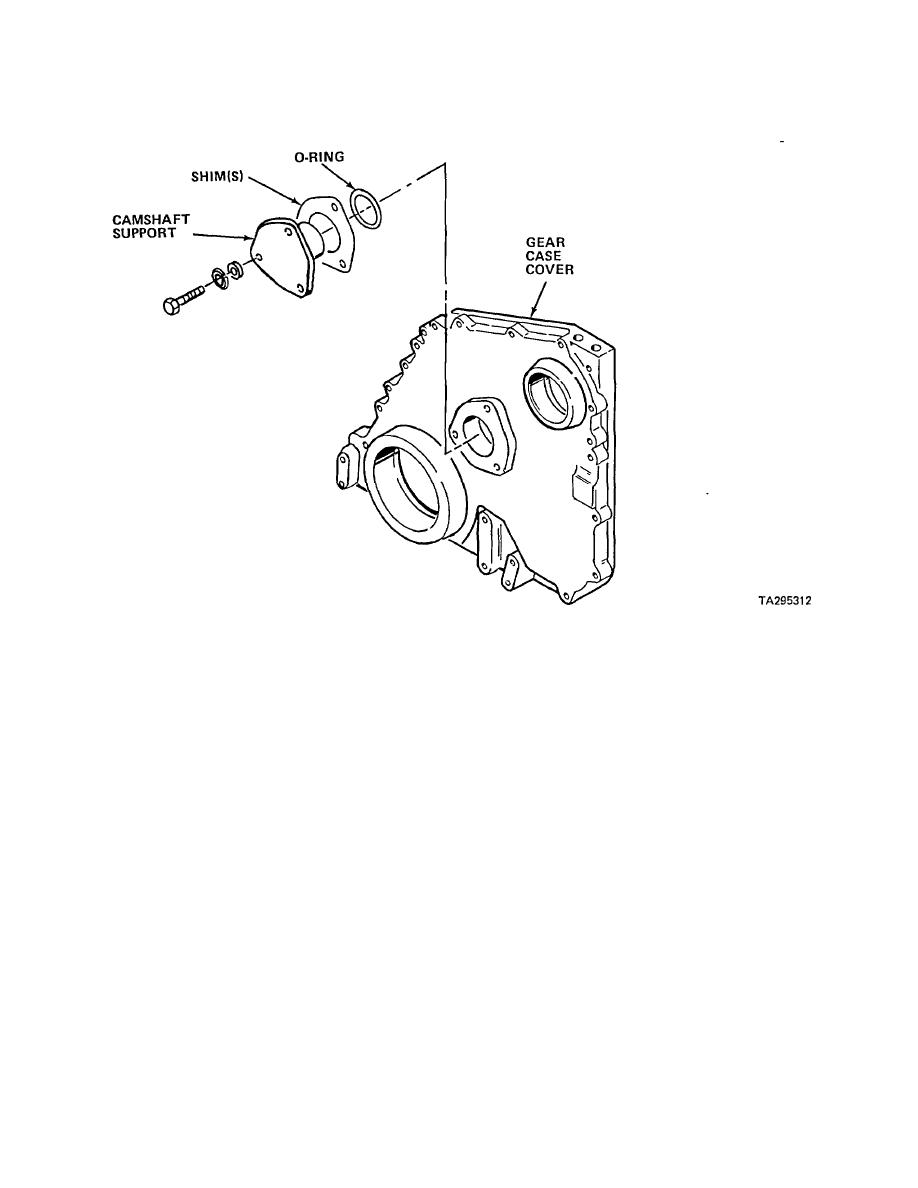


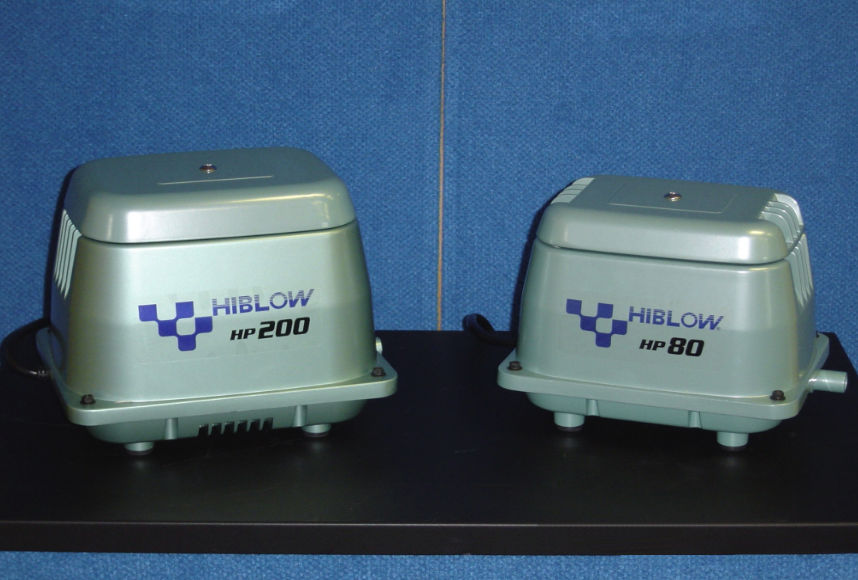

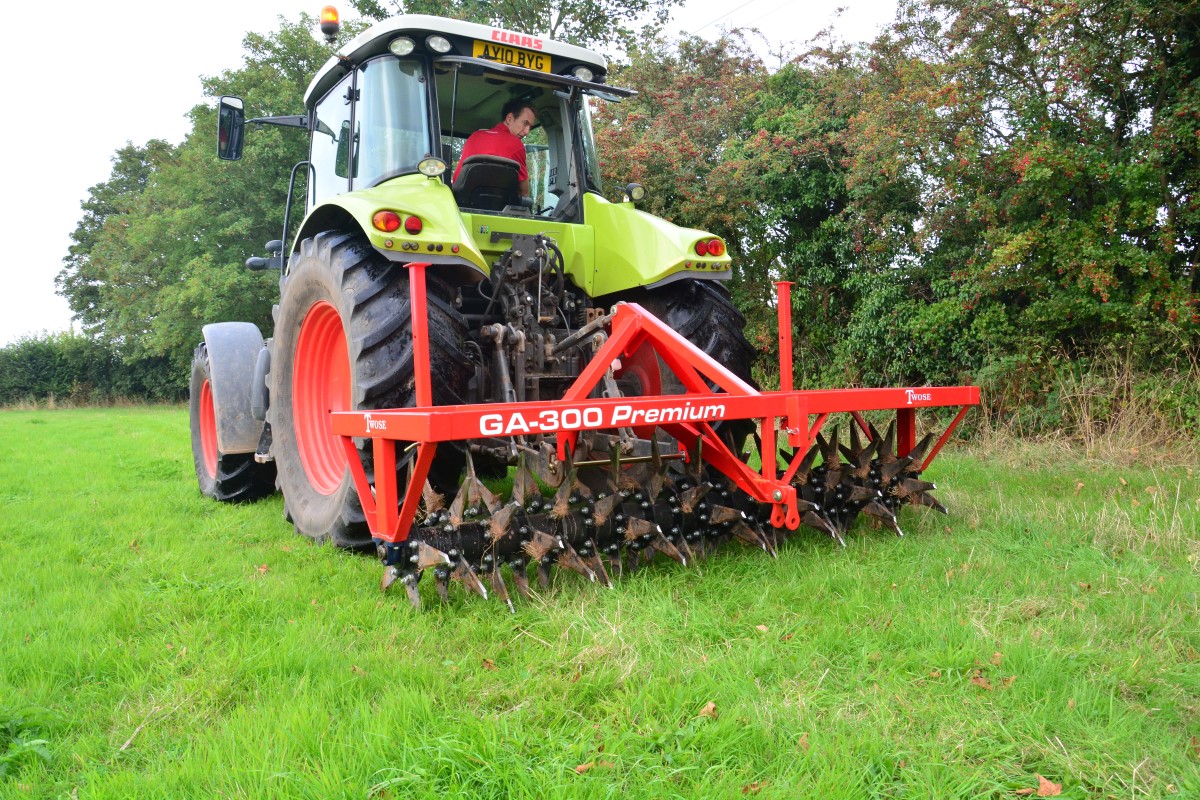

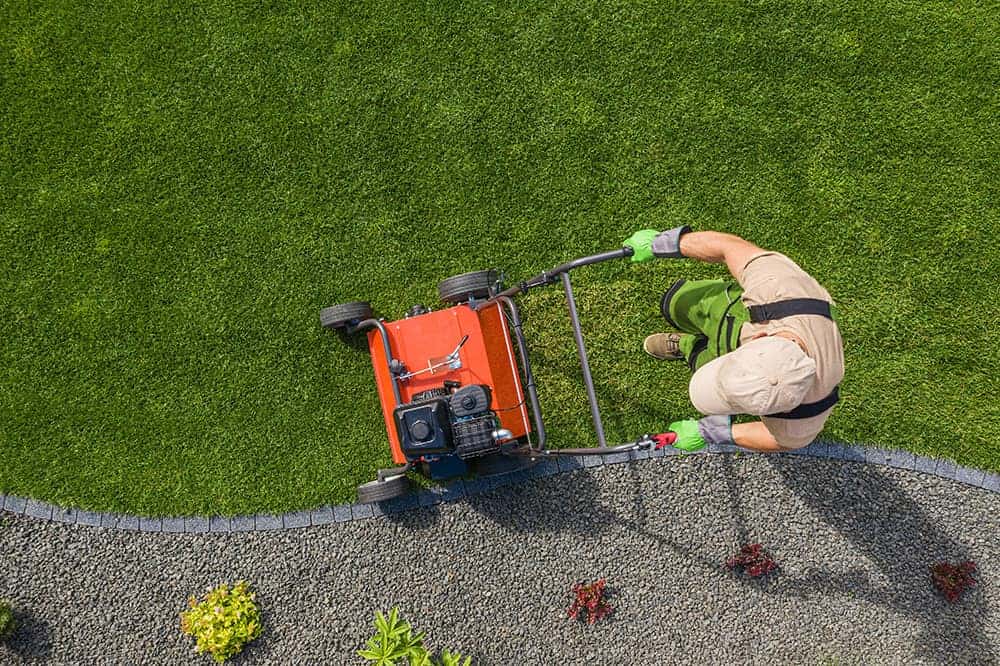





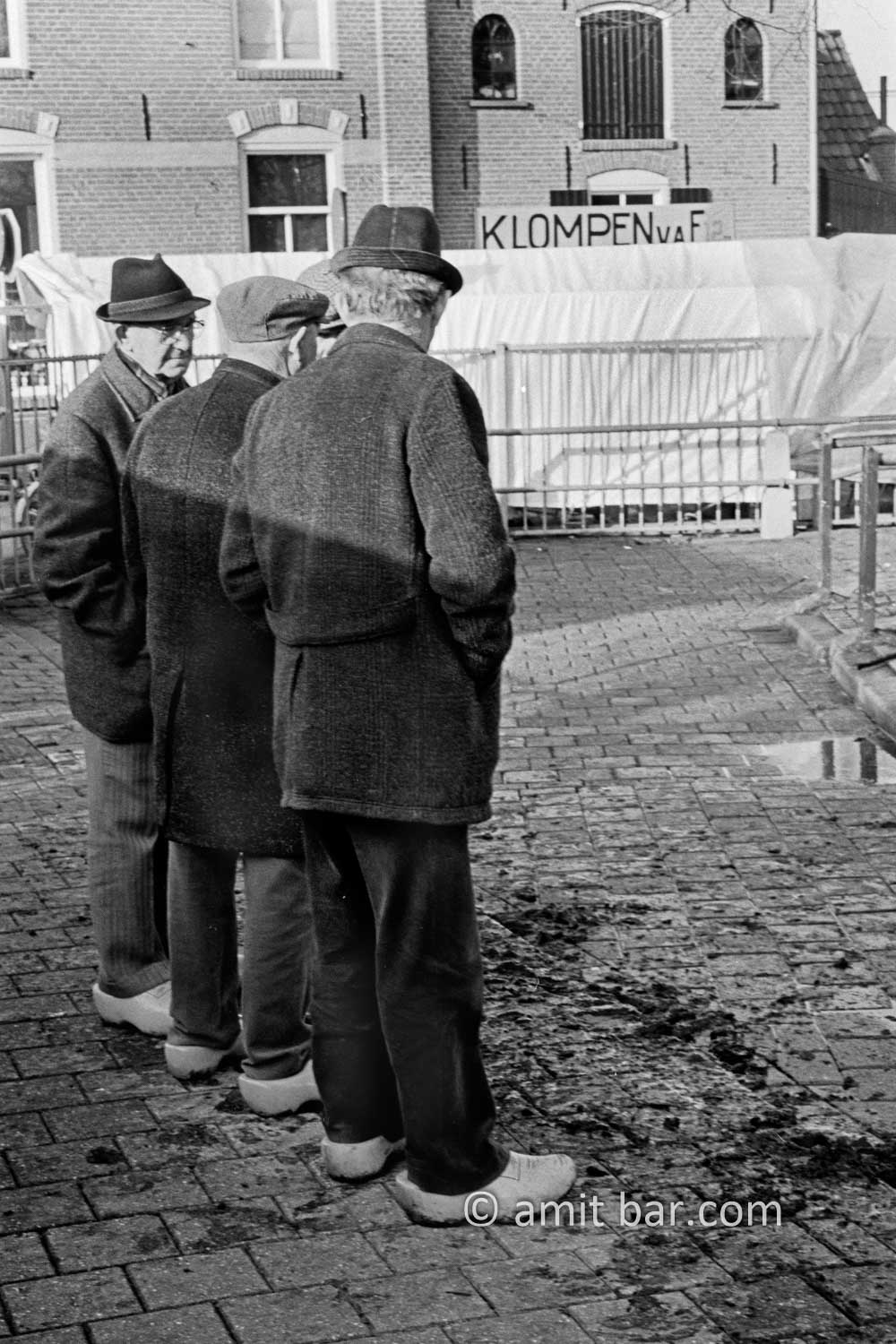







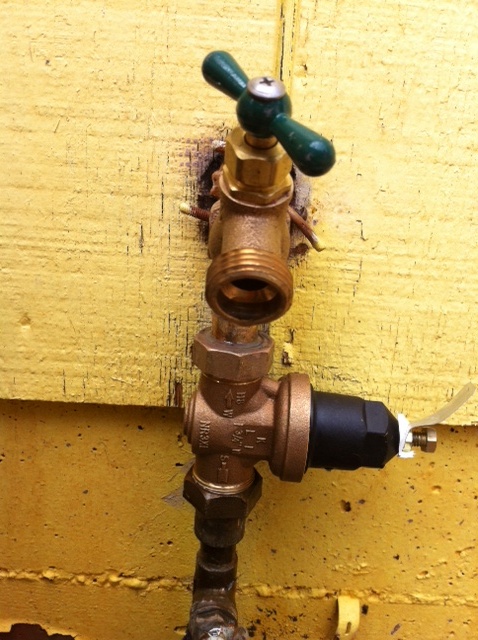
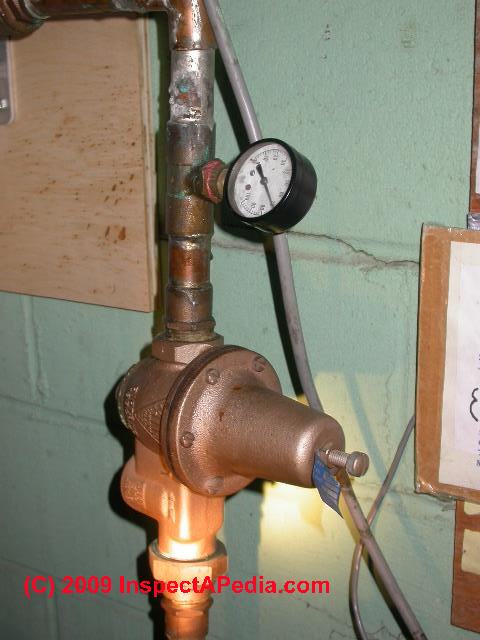






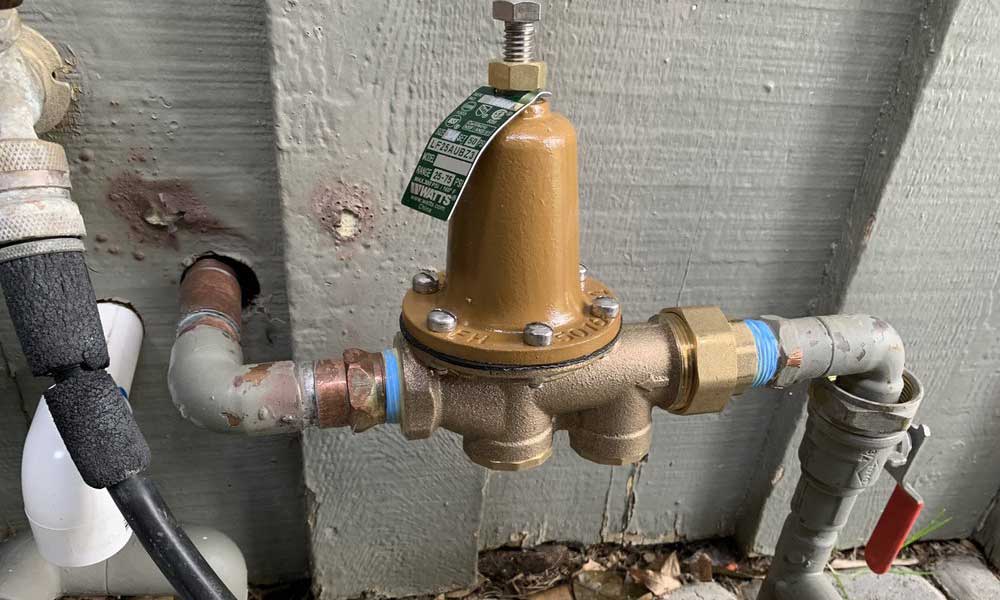

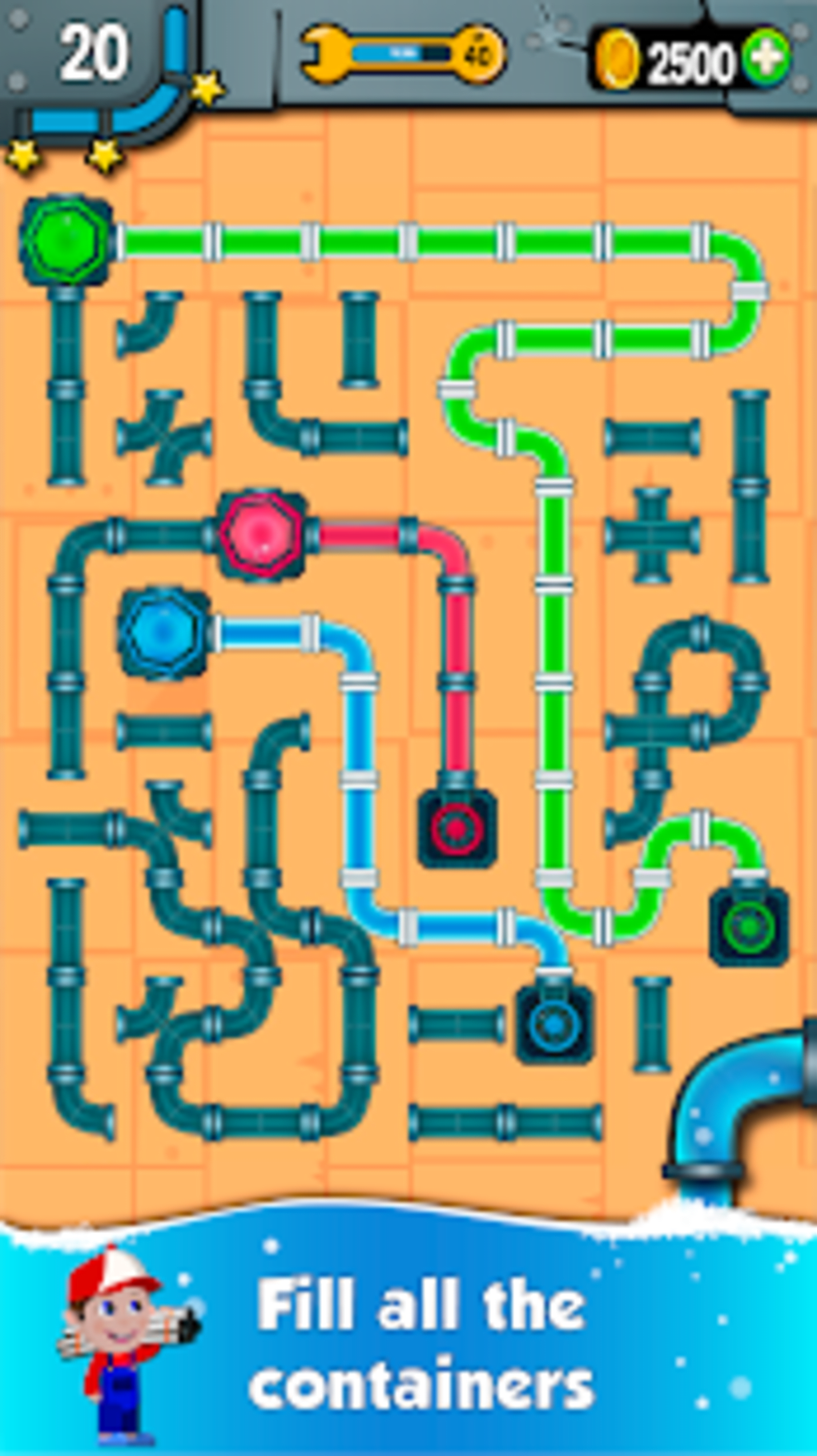


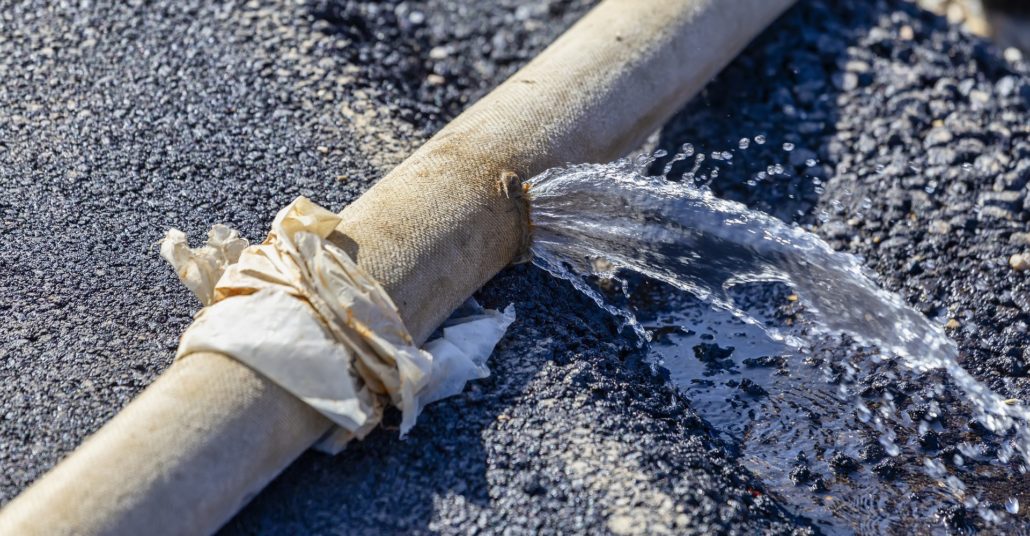



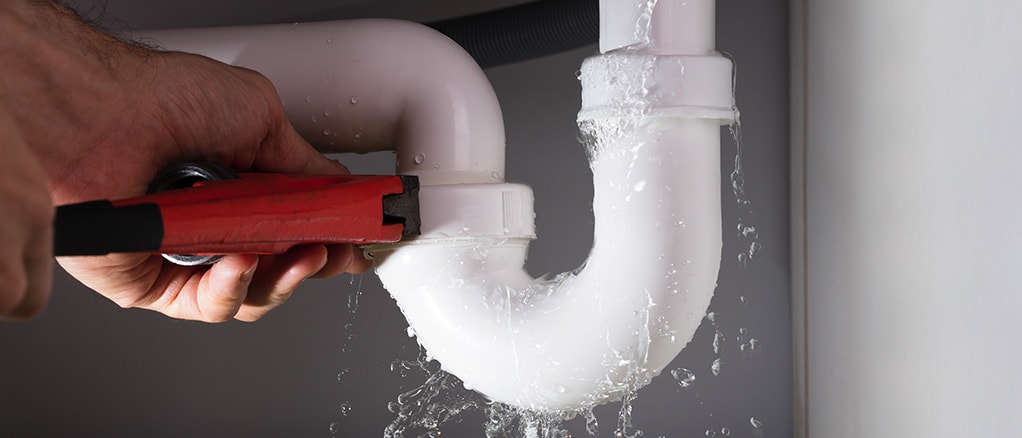

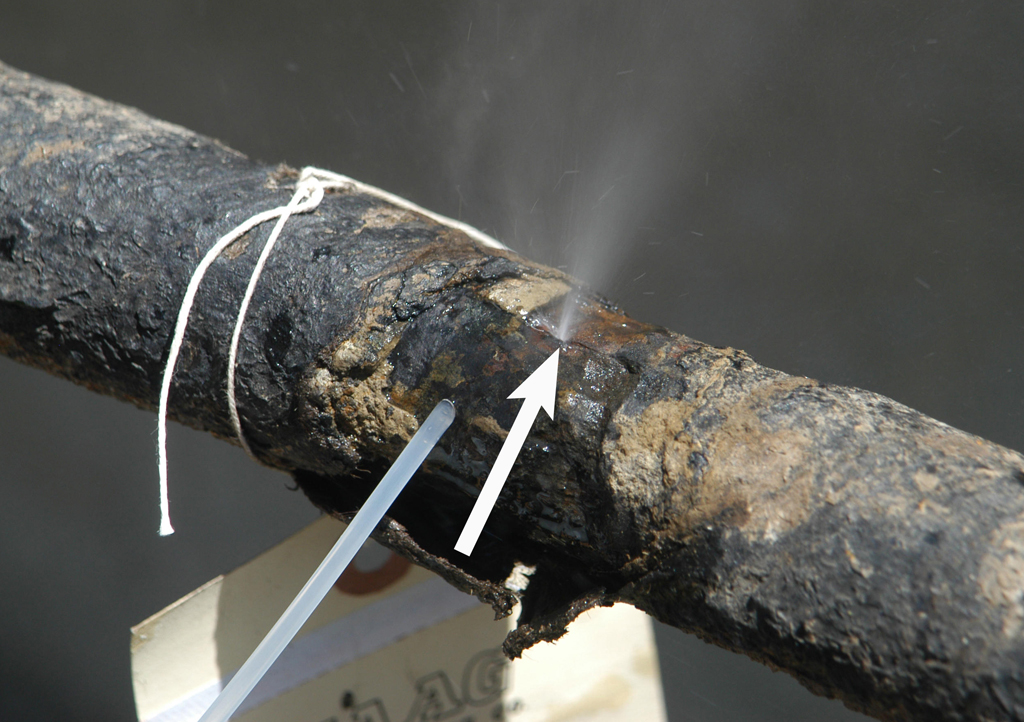
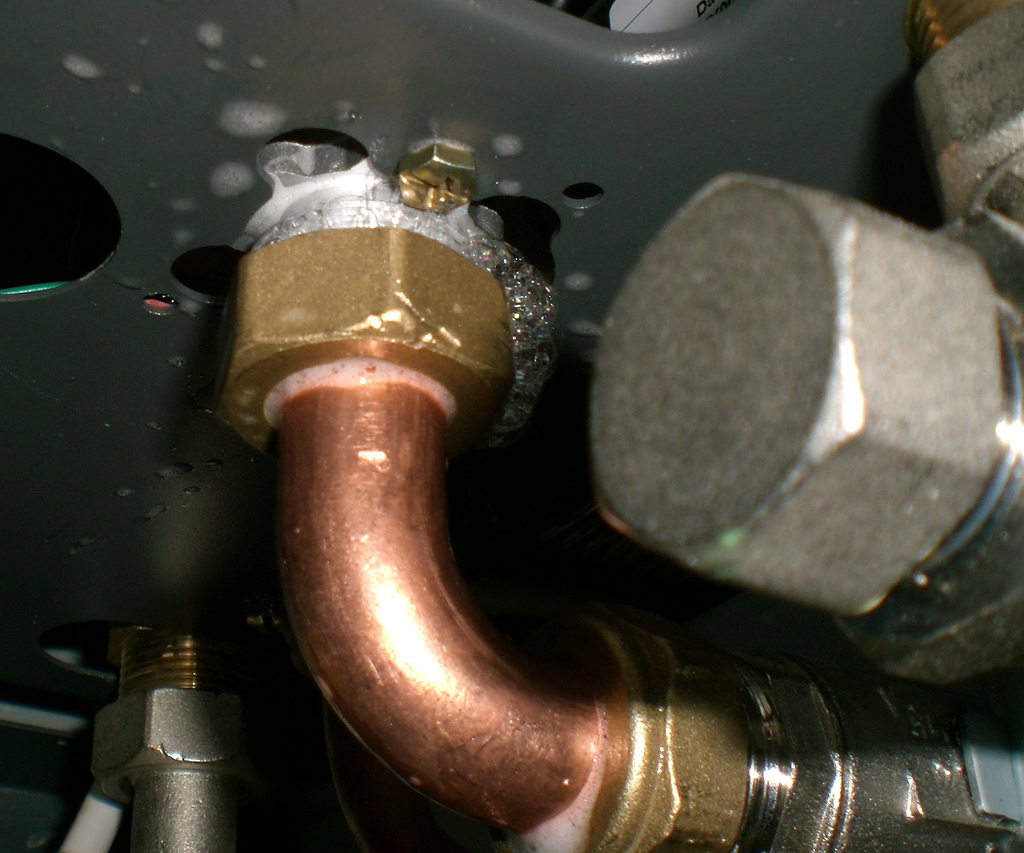

:max_bytes(150000):strip_icc()/ac4-56a73c595f9b58b7d0e8182e.jpg)




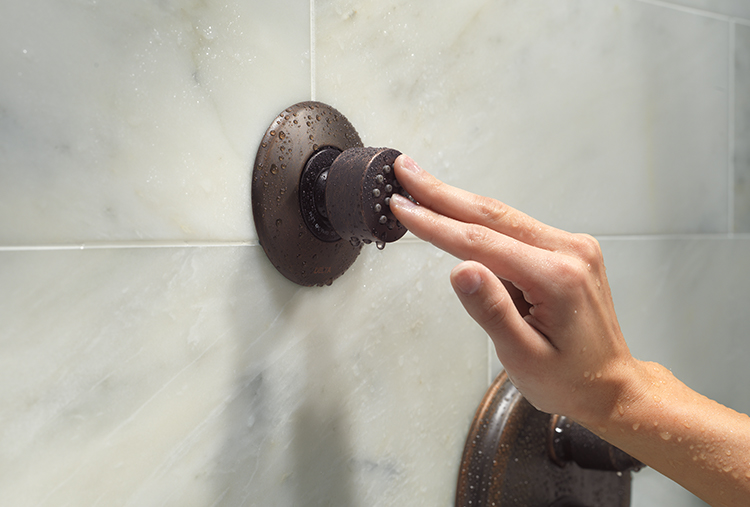
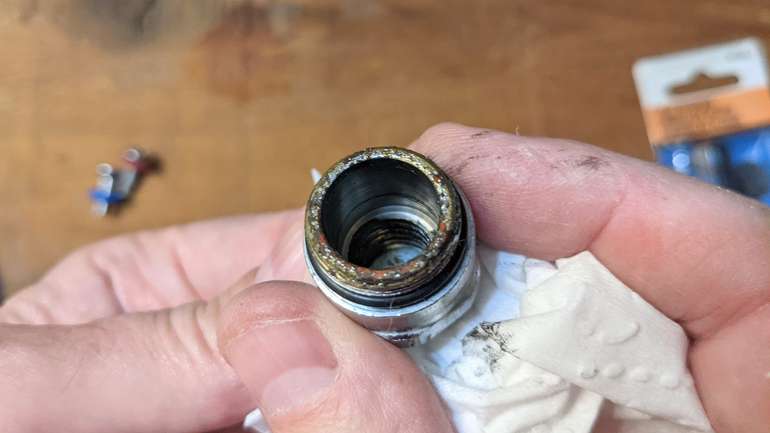





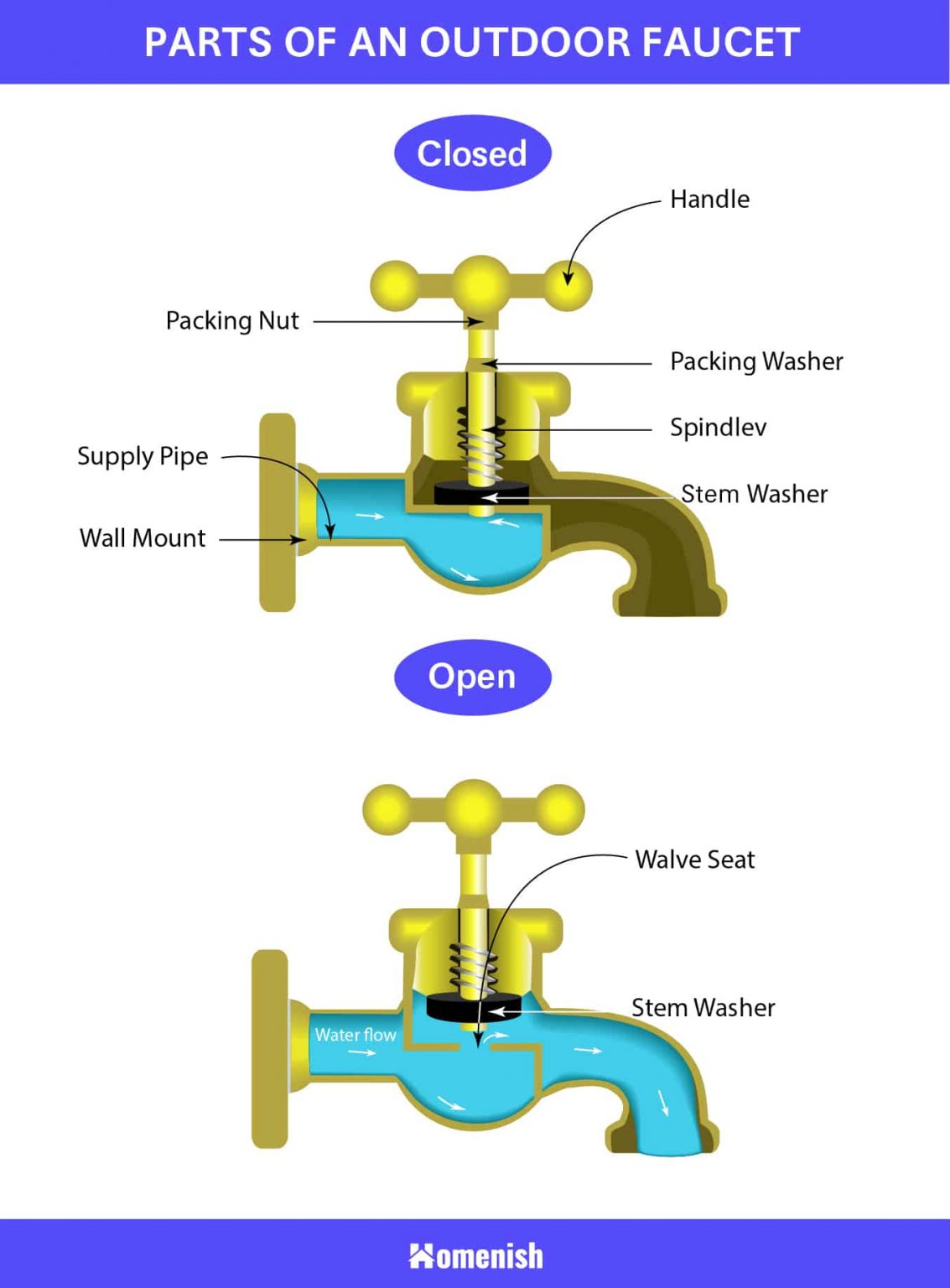
:max_bytes(150000):strip_icc()/testing-water-pressure-in-your-home-2718692-04-c37ab3236d0d4b61b87079ebf9ef823e.jpg)


:max_bytes(150000):strip_icc()/testing-water-pressure-in-your-home-2718692-hero-98f45508ca5d44b6b551034ac5cedab5.jpg)








